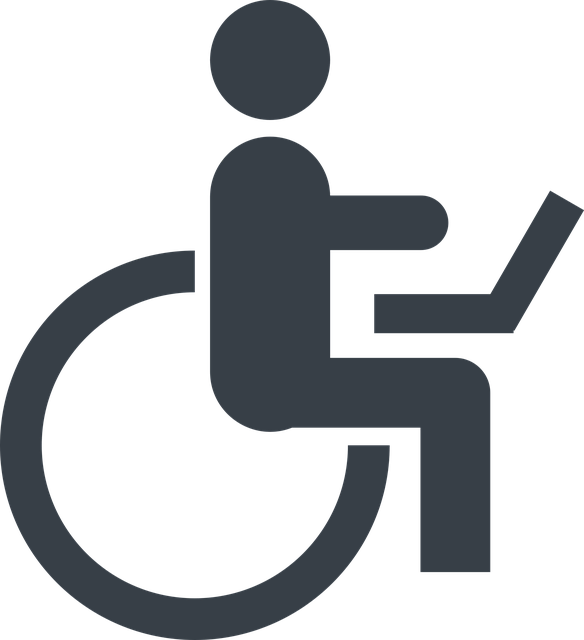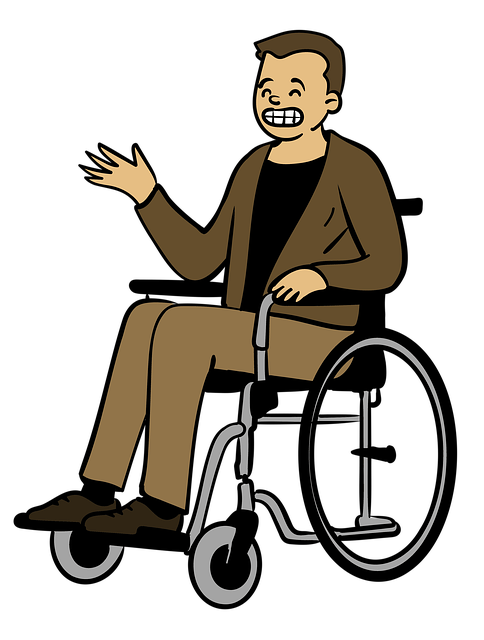Eugene, Oregon, strives to enhance accessibility for its diverse population, including seniors and individuals with disabilities, by improving disabled transport services. The city grapples with a lack of comprehensive wheelchair-accessible public transit options and inadequate infrastructure, leading to social isolation and limited community participation. Key solutions include paratransit services offering door-to-door transportation, technological advancements like GPS tracking, and community partnerships tailored for diverse demographics. Eugene aims to create an inclusive transport network by expanding accessible vehicle fleets, investing in technology, and fostering public-private collaborations to ensure equal access to movement and community events for all residents.
Eugene, Oregon, faces challenges ensuring accessible transportation for its growing community of disabled and senior citizens. With a focus on mobility demands, this article explores the current landscape of disabled and senior transport in the city. We delve into specific barriers, analyze existing solutions like paratransit services, and uncover innovative approaches to improve wheelchair accessibility. Additionally, we present strategies for fostering an inclusive future through comprehensive transport solutions tailored to Eugene Oregon’s diverse population.
- Understanding the Needs: A Look at Accessible Transportation Demands in Eugene Oregon
- Current Challenges: Barriers to Mobility for Disabled and Senior Citizens
- Existing Solutions: Paratransit Services and Their Impact
- Filling Gaps: Innovative Approaches for Wheelchair-Accessible Travel
- Building an Inclusive Future: Strategies for Comprehensive Transport in Eugene Oregon
Understanding the Needs: A Look at Accessible Transportation Demands in Eugene Oregon

In Eugene, Oregon, understanding and meeting the diverse transportation needs of its residents is a complex task, especially for those with disabilities or mobility challenges. The city’s commitment to fostering an inclusive environment extends to ensuring accessible transportation options for all citizens, including seniors and individuals using wheelchairs. With a growing population and a mix of urban and suburban areas, Eugene faces the challenge of providing efficient and convenient disabled transport services throughout the city.
The demand for wheelchair accessible transportation in Eugene Oregon is significant, driven by an aging population and a desire for autonomy and independence among those with disabilities. Paratransit services play a crucial role in filling this gap, offering door-to-door pick-ups and drop-offs tailored to the specific needs of seniors and individuals with disabilities. These services not only enhance mobility but also promote social inclusion by enabling access to essential amenities, employment opportunities, and community events for those who might otherwise face barriers to transportation.
Current Challenges: Barriers to Mobility for Disabled and Senior Citizens

In Eugene, Oregon, navigating the city’s transportation network presents unique challenges for disabled and senior citizens seeking mobility. One of the primary hurdles is the lack of comprehensive, wheelchair-accessible public transit options, leaving many residents with disabilities dependent on private vehicles or paratransit services. While services like paratransit offer a solution, they often face delays and limited routes, making it difficult for individuals to access essential services and destinations independently.
Additionally, the city’s infrastructure may not always be designed with inclusive transport in mind. Ramps, crossings, and pedestrian paths that are not properly maintained or designed can create barriers for those using wheelchairs or mobility aids. These accessibility gaps contribute to social isolation and limit opportunities for participation in community activities for disabled and senior citizens in Eugene Oregon.
Existing Solutions: Paratransit Services and Their Impact

In Eugene, Oregon, several existing solutions aim to address the challenges faced by individuals with disabilities and seniors in accessing transportation. One prominent option is paratransit services, designed specifically for those who cannot use regular public transit due to a disability or age-related constraints. These services provide door-to-door transportation, ensuring that people with limited mobility can get around independently. Paratransit buses are equipped with features like low-floor entrances, space for wheelchairs, and securement systems, making them fully accessible. This accessibility promotes inclusivity and empowers individuals who might otherwise be confined to their homes or depend on family members for travel.
The impact of paratransit services is significant in the context of Eugene’s diverse community. By offering this option, local authorities and transport providers are fostering a more inclusive environment where everyone can participate in social, economic, and cultural activities. These services not only improve accessibility but also contribute to the overall quality of life for disabled and senior citizens, enabling them to access healthcare, employment opportunities, and community events with ease.
Filling Gaps: Innovative Approaches for Wheelchair-Accessible Travel

In Eugene, Oregon, ensuring accessible transportation for individuals with disabilities, seniors, and those using wheelchairs is a multifaceted challenge. The city has made strides in improving its public transit system to cater to this demographic, but gaps still exist, particularly in paratransit services. To bridge these gaps, innovative approaches are being explored. One such initiative involves the adoption of advanced technology, such as GPS-enabled vehicles and real-time tracking systems, to enhance the efficiency and reliability of disabled transport services in Eugene Oregon.
Additionally, community partnerships and collaborative efforts with local organizations are playing a crucial role in fostering inclusive transport solutions. These partnerships have led to the development of tailored paratransit programs that cater specifically to the needs of wheelchair users and other individuals with disabilities. By combining technological advancements with collaborative strategies, Eugene Oregon is working towards creating a more inclusive transportation network, ensuring that everyone has access to movement and participation in community life. This commitment to accessibility not only enhances quality of life for residents but also positions Eugene as a leader in promoting equitable transport solutions across the nation.
Building an Inclusive Future: Strategies for Comprehensive Transport in Eugene Oregon

Building an inclusive future for transportation in Eugene, Oregon, requires a comprehensive approach that caters to the diverse needs of its residents, including those with disabilities, seniors, and individuals using wheelchairs. The city has already made strides in enhancing accessibility by implementing various initiatives and services, such as wheelchair-accessible public transit options and paratransit programs. However, there is still much to be done to ensure true inclusivity.
One key strategy involves expanding the current fleet of accessible vehicles and improving routes to cover more remote areas. Additionally, investing in technology that facilitates easier navigation and access for all users can significantly enhance the experience. Encouraging public-private partnerships could also foster innovative solutions, like shared mobility options tailored to serve the specific transportation needs of different demographics in Eugene, Oregon.
